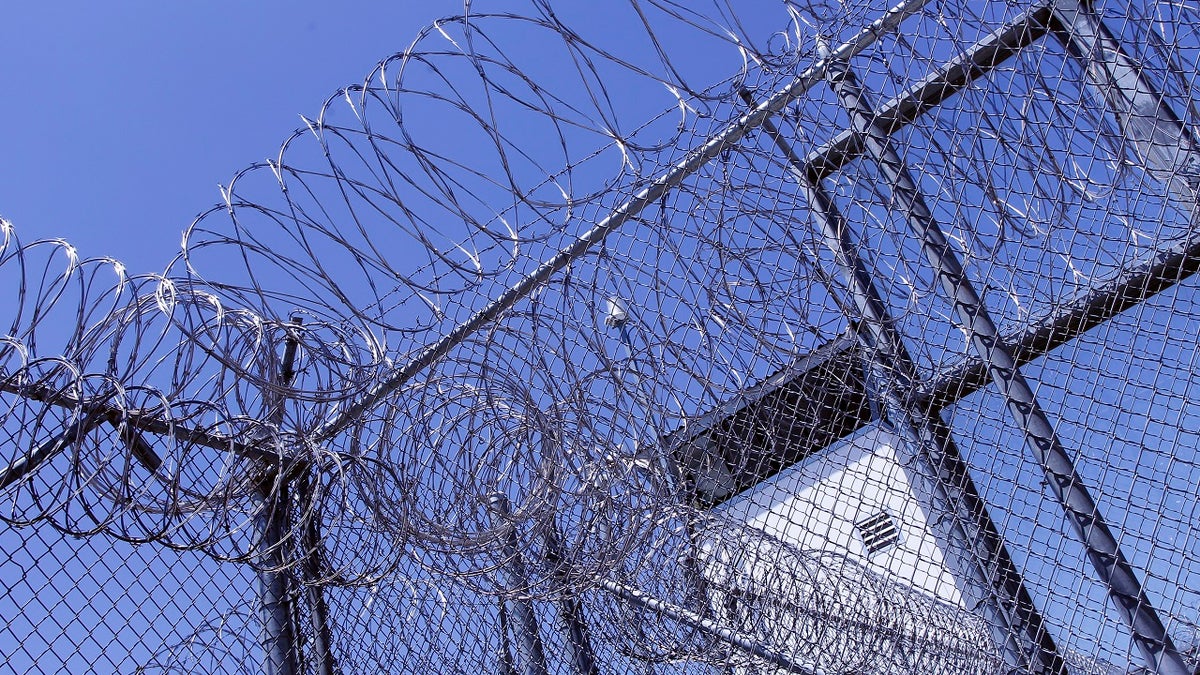
FILE (REUTERS/Lucy Nicholson)
Grace and justice are not competing values. No season demonstrates their compatibility better than Easter, when Jesus, taking the just penalty for humans’ wrongdoing, extended forgiveness to the thief crucified beside him and the soldiers executing him.
The complementarity of grace and justice is not just a theological reality – it’s fundamental to understanding the national conversation about federal prison reform.
The Prison Reform and Redemption Act that I (Rep. Doug Collins, R-Ga.) introduced with my friend and colleague Rep. Hakeem Jeffries, D-N.Y., would help prepare prisoners for release by assessing their individual risk factors, asking what puts each person in danger of committing another crime tomorrow.
In response to these individualized assessments, prisoners would receive resources tailored to lowering their personal risk of returning to crime. These resources could include substance abuse treatment, anger management therapy, educational support, mental health care, vocational skills development, faith-based programming, or other assistance that has been demonstrated to reduce recidivism.
Why invest taxpayer dollars in assessing and mitigating prisoners’ risk factors?
People are created in the image of God, with dignity and the potential to change. Rehabilitative prison reforms reflect the value of both offenders and the people in their communities.
But this is not ideological naivete; it’s sound policy. Prison is meant as a punishment for past crimes and a deterrent against future ones, and thoughtful reform will not turn prison into a country club.
However, a more restorative approach to prison – one that requires incarcerated men and women to earn back the public’s trust by completing transformative programs – can reduce crime and prevent victimization.
To that end, the hallmark of prison reform is its empirical foundation. As stewards of justice and taxpayer dollars, federal authorities have a responsibility to adopt the reforms best supported by evidence. The Prison Reform and Redemption Act would require any rehabilitative program offered through the federal Bureau of Prisons to be based on proven best practices for helping people who have broken the law to become productive citizens.
Data tell us that each person in federal custody may have a different fulcrum of rehabilitation. There’s a difference, for example, between someone who steals because she lacks basic reading skills and can’t hold down a job and someone who uses illicit substances to self-medicate a mental health issue. The Redemption Act accounts for that. The second chances that come through this legislation, therefore, would extend an informed grace to prisoners, and its benefits would flow to victims and communities.
Former prisoners are most vulnerable to recidivism in the first months after their release. Individuals who go straight from prison onto the streets often lack skills, technological know-how, and resources to gain employment and leave behind criminal associations.
The Redemption Act would help prisoners who have completed their recidivism reduction programs transition gradually back into their communities by allowing them to serve the tail end of their sentences in halfway houses or other community-based confinement. Promoting public safety means engaging individuals before and beyond the moment of reentry.
Up to 90 percent of people released from prison struggle to find employment in the first year after release, yet securing a job is one of the most important factors in avoiding recidivism. For this reason, prison reforms focus on preparing individuals with the education, life skills and vocational training they will need to enter the work force.
Recently, Congress has focused on rehabilitating the economy, which makes now the right time to focus on rehabilitating the many men and women who will be released from federal prisons this year. Human potential is a renewable resource, and a restorative approach to justice maximizes it.
Extending second chances to people who have stumbled is a way to steward taxpayers’ resources and invest in communities. Reducing crime rates revives beleaguered neighborhoods and lowers the likelihood that victims will be re-victimized.
When Georgia enacted reforms in its state correctional system, the number of people who returned to prison for parole violations fell by 35 percent, illustrating that one of the highest uses of taxpayer dollars is to build healthy, whole individuals who can contribute to flourishing communities.
Rehabilitating people in prison helps prevent them from committing crimes in the future and equips them to become contributing, responsible neighbors. This kind of justice, which restores people while holding them accountable, catalyzes a virtuous cycle; redemption begets redemption. We have seen that state-level prison reform efforts have leveraged this principle for the good of entire communities, and we have the opportunity to do that at the federal level for the sake of the entire nation.
Craig DeRoche is the senior vice president of advocacy and public policy at Prison Fellowship.
